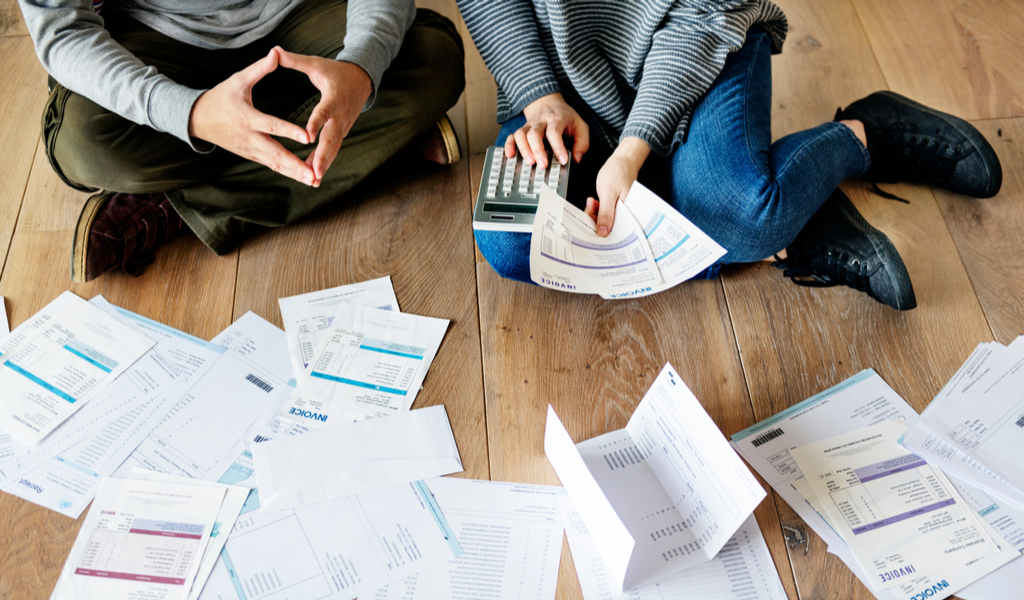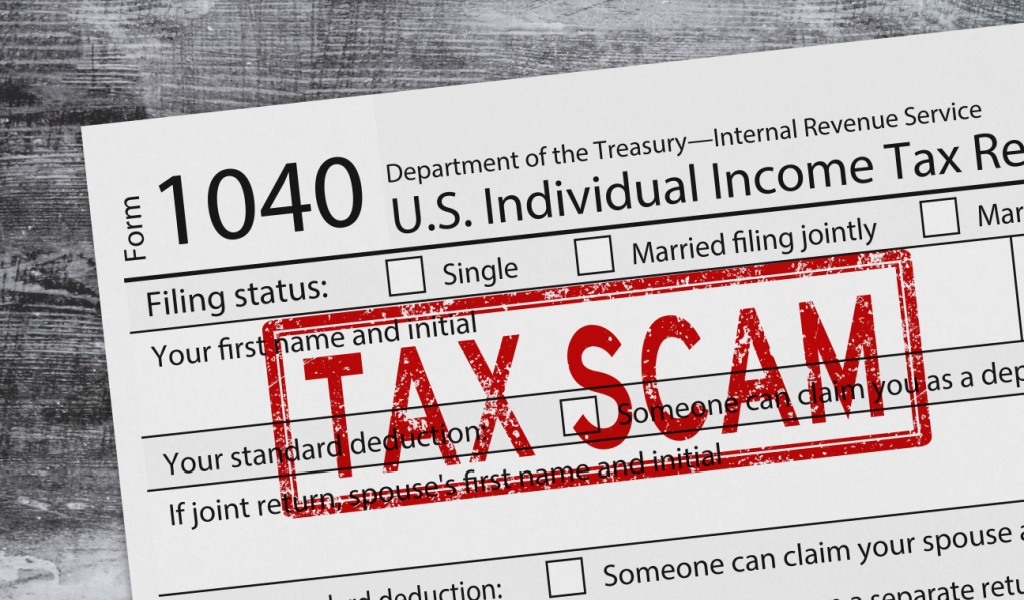These days, it is nearly uncommon to find a person with no or only one credit card in their pocket. With billions of credit cards sliding through a grocery store check out lines daily, it is inevitable that your debt will soon add up to much more than you can afford. But there are ways to help you manage your credit card debt and become more responsible with your spending.

Record Your Purchases
Recording every single purchase, even down to the pack of gum at the gas station, can help you understand how much money you are actually spending each day, especially with your credit card. Just like you do with your checkbook, keep a table of when and where you used your card and what you bought. You will soon realize what expenditures you can cut out to decrease your plastic debt.
Freeze Your Cards
Not everyone needs to keep their credit cards in a frozen block of ice in their freezer, but if spending on credit is digging you into an ice pit of your own then keeping your cards out of sight may be a good idea. Keep your cards in a sealed envelope at the back of your desk drawer or in a box high in your closet. This way, if you truly need them, they are available but you’d be amazed how less you want to use them when they are not within eyesight.
Ask For Lower Rates
If your monthly credit card payments are starting to leave your bank account dry, you can contact their customer services and explain your situation, asking for lowered interest rates and a lowered, set monthly payment. Many times, if you accept the terms of a temporary rate cut (usually including a no-spending clause and ensured timely payments), your monthly payments could be cut almost in half, if not more. This can be a great help in maximizing your payments while leaving you with money to pay other necessities.
Pay Double the Minimum
Paying off your credit cards is not easy and you will never get rid of them simply by paying the minimum balance every month. Recent legislation has required credit card companies to display payment comparisons, clearly showing the difference in paying just the minimum or more each month. Paying double the minimum payment each month can decrease the interest you ultimately pay by thousands, and can subtract years off of your debt.
There are four basic steps to minimizing your credit card debt. Step one: Understand your spending habits. Step two: Stop using your cards. Step three: Inquire about a repayment plan. Step four: Get serious about paying off your cards by paying more each month. Adhere to these steps and focus on your priorities when it comes to your cards. Debt is easily gained and difficult to get rid of, but setting a strategy can ease the stress and get you debt-free.




